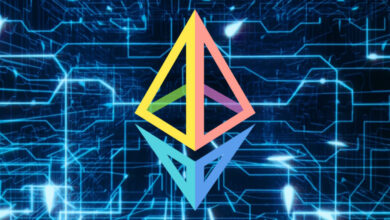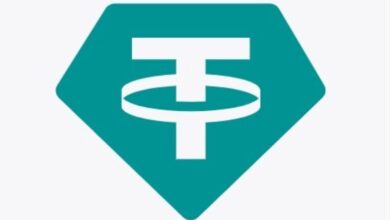Bitcoin Rollups Struggle with High Data Costs, Challenges Ahead for Layer-2 Scaling Solutions

Bitcoin’s layer-2 scaling solutions, particularly rollups, have recently gained attention as a promising method to enhance transaction efficiency while keeping costs low. Nonetheless, despite the optimism, new analysis from Galaxy Research indicates that many Bitcoin rollups may struggle with sustainability due to significant data posting costs.
In a report published on Friday, Galaxy analyst Gabe Parker highlighted a major hurdle for Bitcoin rollups: the high expense of posting data to the Bitcoin blockchain.
Parker explained that rollups will need to generate substantial revenue from transaction fees to cover these costs and remain viable. As Bitcoin rollups operate by processing transactions off-chain and then settling them in batches on-chain, the cost to post data could become prohibitive.
The rollup technology, which has been effectively used on Ethereum through systems like Optimism and Arbitrum, is now being adapted for Bitcoin. However, Bitcoin’s limited block size—only 4MB per block—poses a challenge. Each data posting transaction could consume up to 400KB of block space, potentially filling 10% of a block. With multiple rollups expected to post data every 6 to 8 blocks, base-layer fees might increase, making smaller transactions less feasible.
Galaxy’s report estimates that in a low-fee environment, rollups could incur monthly expenses of $460,000 to maintain their operations. In high-fee environments, these costs could rise to $2.3 million. These figures underscore the challenge rollups face in maintaining affordability while ensuring Bitcoin’s security.
The financial viability of rollups will largely depend on their transaction volume. Higher activity could reduce individual transaction costs, but the overall expense remains a significant concern. Efforts to optimize data compression are ongoing, which may impact future cost estimates.
One notable rollup project is “Build on Bitcoin” (BOB), which aims to integrate with both Ethereum and Bitcoin. Initially functioning as an Ethereum layer-2, BOB plans to evolve to directly connect with Bitcoin.
Alexei Zamayatin, BOB’s co-founder, argues that Bitcoin rollups need not rely on the Bitcoin main chain for data availability. Instead, he suggests using alternatives like Celestia or a merge-mined Bitcoin sidechain, which could be more cost-effective but might compromise some of Bitcoin’s decentralization and security.
As the development of Bitcoin rollups progresses, stakeholders will need to closely monitor these cost dynamics and technological advancements to ensure that they can deliver on their promise of efficient and scalable transactions.





